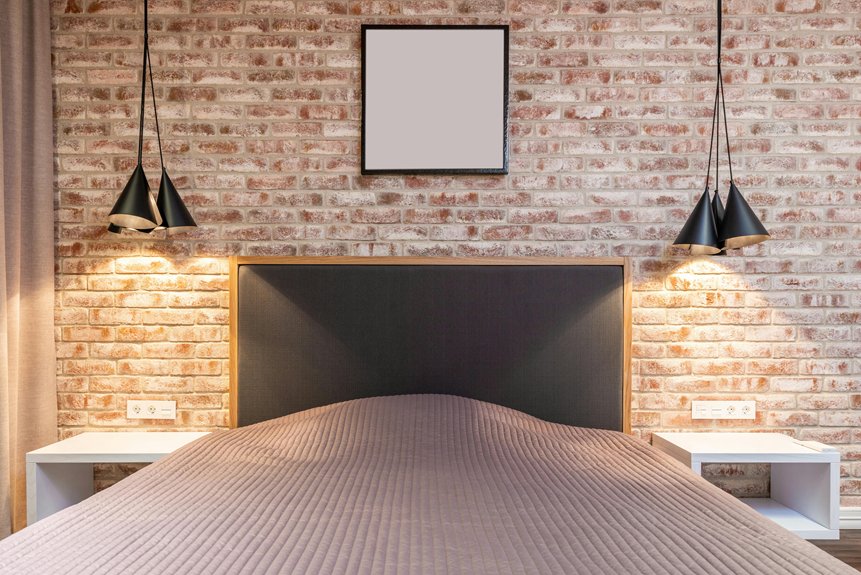Knauf Loft Insulation is a premium thermal barrier that enhances energy efficiency in homes and buildings. With its low thermal conductivity, it effectively reduces heat loss, resulting in lower heating bills. Ideal for uninsulated lofts, it can be installed between and across joists and is available in various thicknesses to comply with industry regulations.
Constructed from eco-friendly materials and certified for safety, this insulation boasts non-combustible properties, making it a reliable choice for homeowners.
Explore the numerous benefits Knauf Loft Insulation can bring to your property, including improved comfort and reduced energy costs.
Key Features and Benefits of Knauf Loft Insulation
Knauf Loft Insulation presents an array of key features that make it an ideal solution for enhancing a building’s energy efficiency and safety. Its low thermal conductivity ensures minimal heat loss, effectively contributing to reduced energy bills.
The insulation offers a versatile R-value that can be tailored to meet or even surpass building regulations, allowing for flexibility in application. Specifically designed for cold lofts, Knauf insulation accommodates thicker layers, which can greatly enhance thermal performance.
By preventing heat from escaping through the roof, it can lead to substantial savings on heating costs. Available in various thicknesses, it’s suitable for a range of retrofit projects, ensuring adaptability for different needs.
The thoughtful design of Knauf Loft Insulation not only creates warmer, more comfortable homes but also promotes energy savings and safety, appealing to those who prioritise the well-being of their community. Additionally, it is manufactured using ECOSE Technology, which makes it environmentally friendly, contributing to sustainable building practices.
Suitable Applications and Installation Tips
Knauf Loft Insulation is an excellent choice for various applications, particularly for uninsulated lofts with pitched roofs at ceiling level. This insulation acts as a highly effective thermal barrier between living spaces and the attic, enhancing energy efficiency in homes.
It’s suitable for both residential properties and light commercial buildings where DIY installation is preferred and cost is a significant factor. This insulation is particularly advantageous for retrofitting existing homes to comply with current UK regulations. For optimal performance, a recommended thickness of insulation is advisable.
Preparation is essential before installation; ensure that the area is clear of debris, secure any exposed cables, and check that eaves ventilation is adequate. Utilising tools such as a tape measure and appropriate safety gear is crucial. To maintain safe access, laying down crawl boards is recommended.
When installing the insulation, it’s best to do so in layers—first between the joists and then across them. This method ensures continuous coverage, effectively reducing heat loss and providing a reliable, cost-efficient solution for homeowners.
Environmental and Fire Safety Credentials
Safety and sustainability are paramount in the realm of building materials, and Knauf Loft Insulation exemplifies this commitment with its impressive environmental and fire safety credentials.
Crafted predominantly from glass with a significant proportion of recycled content, this insulation solution minimises reliance on virgin raw materials. The use of ECOSE Technology, a bio-based binder, enhances indoor air quality by reducing dust, volatile organic compounds (VOCs), and unpleasant odours.
Knauf Loft Insulation has received certification from Eurofins Gold for indoor air quality, alongside esteemed labels such as Blue Angel and Green Guide A+. This demonstrates its compliance with strict environmental standards. Its non-combustible nature also contributes significantly to fire safety and building resilience.
In addition to its eco-friendly attributes, the product is non-combustible, effectively preventing the spread of fire, and boasts excellent thermal resistance.
It also plays a vital role in achieving green building ratings such as LEED and BREEAM, thereby fostering healthier indoor environments and promoting sustainable construction practices.
Conclusion
Knauf loft insulation delivers effective thermal protection, featuring attributes that enhance energy efficiency and safety. Its adaptable application, straightforward installation, and strong environmental credentials make it an ideal choice for numerous homeowners.
Understanding the advantages of Knauf loft insulation is crucial for ensuring its proper usage, which maximises insulation performance and safety. Overall, Knauf provides a dependable, eco-friendly solution for improving home insulation, aiding in the reduction of energy costs and increasing comfort levels.
To achieve optimal results, it is essential to follow proper installation techniques and adhere to safety guidelines.

